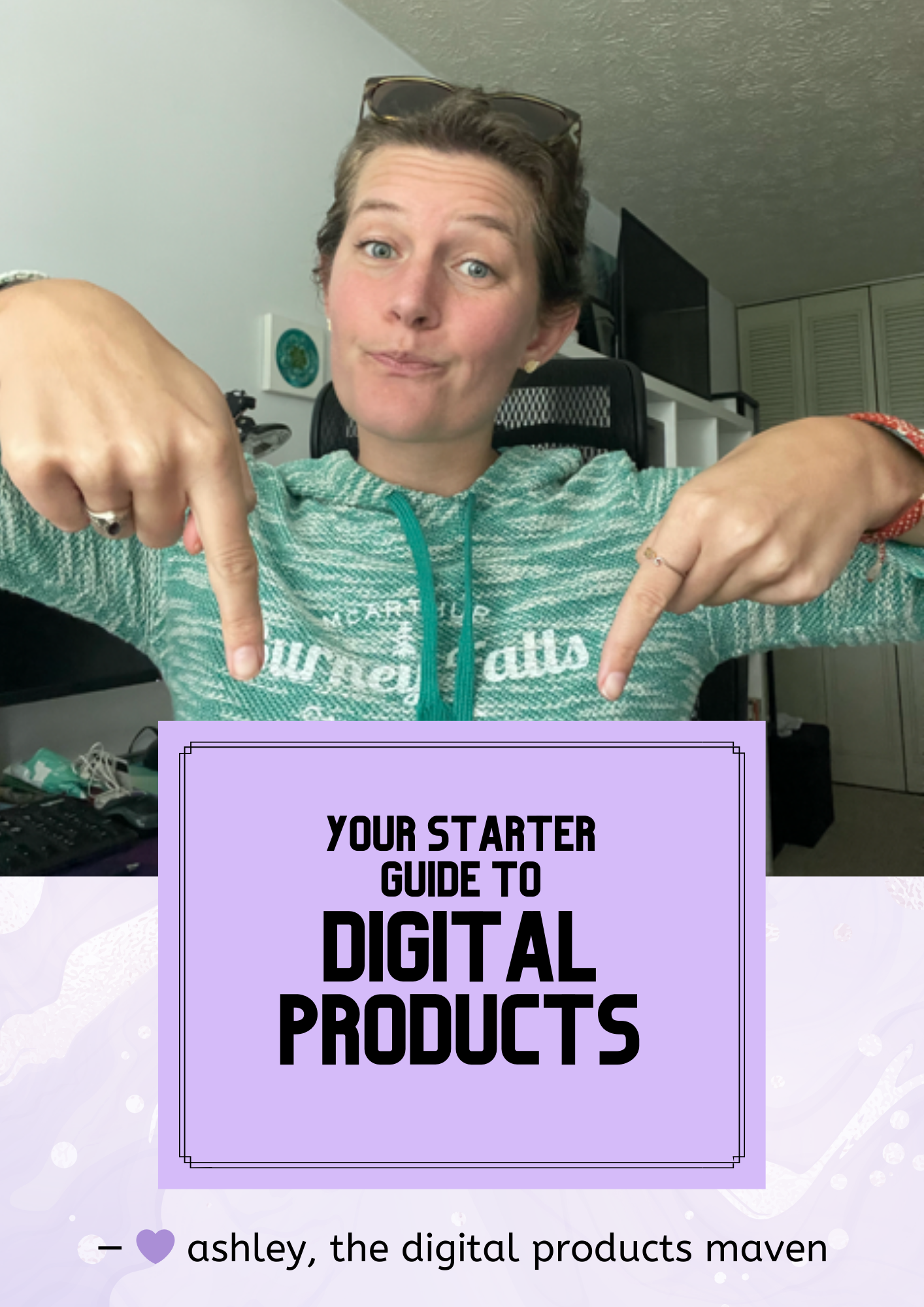The One-Hour-a-Day Method for Building Your Digital Product Biz
Ashley ShipleyShare
Why You Don’t Need More Time to Start
If you’ve been telling yourself, “I’ll start my side hustle when I have more time,” I have some news for you: that magical “more time” window isn’t coming.
But here’s the good part — you don’t need it.
You can build a profitable digital product business in just one hour a day. Not “when things calm down,” but starting now.
This is exactly how I recommend structuring that hour so you can make consistent progress without burning out.
Step 1: Pick Your Power Hour (10 min)
The first step is choosing when you’ll work — and protecting that time like an unskippable meeting.
- Early birds might work before their day job.
- Night owls can carve out an hour after dinner.
- Parents might grab their hour during nap time or after bedtime.
Why it works: By scheduling the same time every day, you reduce decision fatigue and make it a habit.
Step 2: Break the Hour into Micro-Sprints (5 min)
You’ll get more done if you divide your hour into focused blocks instead of “winging it.”
Example structure:
- 15 min: Plan or brainstorm
- 30 min: Work on a core task (like creating your product)
- 15 min: Market or promote
This prevents you from spending the entire hour just “researching” (aka procrastinating).
Step 3: Focus on One Core Goal at a Time (15 min)
Side hustlers waste a ton of time switching between ideas. Instead, pick one main focus for the next 2–4 weeks — like creating your first product, building your email list, or writing your sales page.
Everything else? Park it in a “Later Ideas” list.
Step 4: Use a Tool Stack That Works for You (10 min)
You don’t need 50 apps — you just need a few that keep you organized and moving forward.
- Trello or Asana: Organize tasks
- Google Drive: Store files
- Canva: Create graphics and products
See my full list of tools that save side hustlers hours every week.
Step 5: Eliminate Distractions (5 min)
One hour can be destroyed in seconds by:
- “Just checking” social media
- Answering non-urgent messages
- Multitasking
Try working in full-screen mode, silencing notifications, and using a timer to keep you on track.
Step 6: Review and Prep for Tomorrow (5 min)
Spend your last 5 minutes setting up tomorrow’s tasks so you can jump right in without losing momentum.
This could be:
- Outlining a blog post
- Setting up your design file in Canva
- Drafting tomorrow’s email subject line
Why the One-Hour-a-Day Method Works
Most people overestimate what they can do in a single weekend “marathon” work session, and underestimate what they can achieve with consistent, focused effort over time.
Here’s why this method is so powerful:
- Consistency compounds — Doing a little every day adds up faster than you think. One hour a day is 7 hours a week — the equivalent of almost an entire extra workday dedicated to your goals instead of someone else’s. In a month, that’s 28–31 hours. Over a year? You’ve essentially gifted yourself two full months of work time without quitting your day job.
- Laser focus beats scattered energy — By committing to just one main priority at a time, you avoid the trap of juggling 10 half-finished projects. This means your brain can stay in “flow” instead of constantly switching gears (which wastes time and drains energy).
- Boundaries keep you moving — When you know you only have 60 minutes, you work differently. You’re less likely to procrastinate because you’ve set a clear start and end time. And because it’s only an hour, it feels doable even on days when you’re tired.
The Math Behind the One-Hour-a-Day Method
|
Timeframe |
Hours Invested |
What That Equals |
|
1 Day |
1 hour |
A single focused sprint |
|
1 Week |
7 hours |
Almost an extra workday |
|
1 Month |
28–31 hours |
3–4 full workdays |
|
6 Months |
168–186 hours |
Over 4 full workweeks |
|
1 Year |
336–372 hours |
2+ months of full-time work |
Takeaway: You don’t need to overhaul your life — you just need to show up for one focused hour a day, and let the numbers work in your favor.
Instead of waiting for a mythical “perfect time” when life slows down, you’re building the business you want right inside the life you already have — one focused, productive hour at a time.


